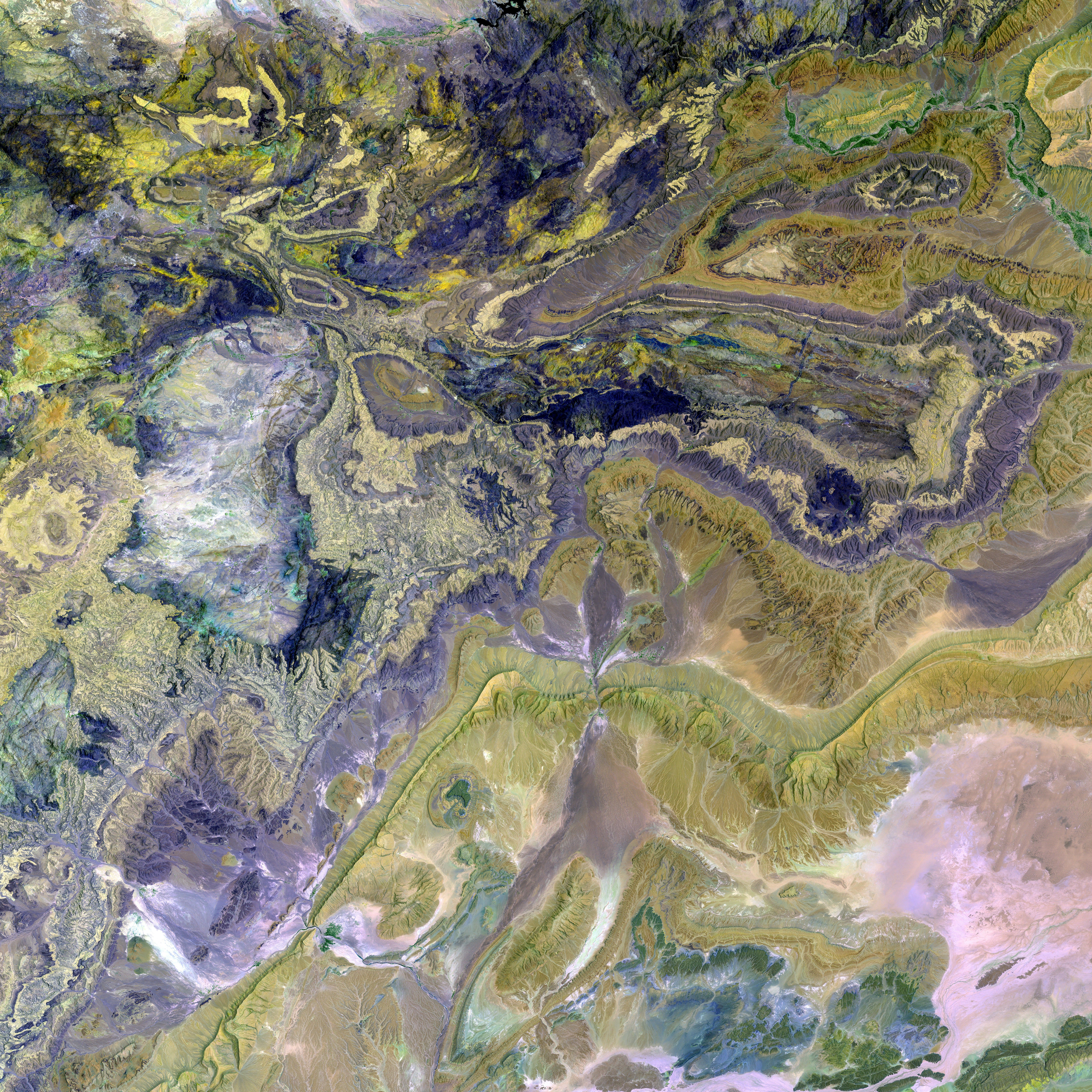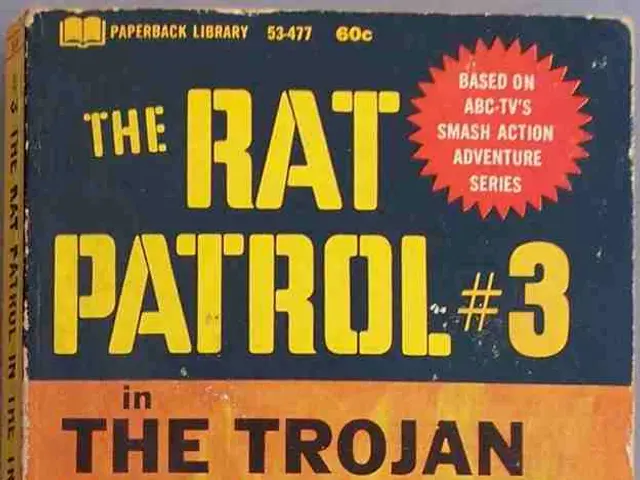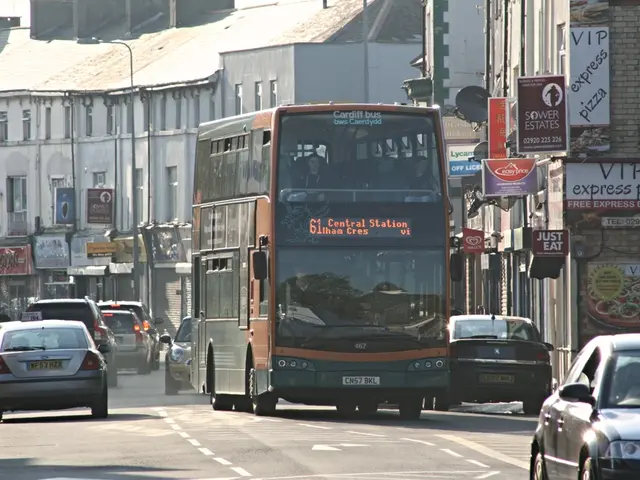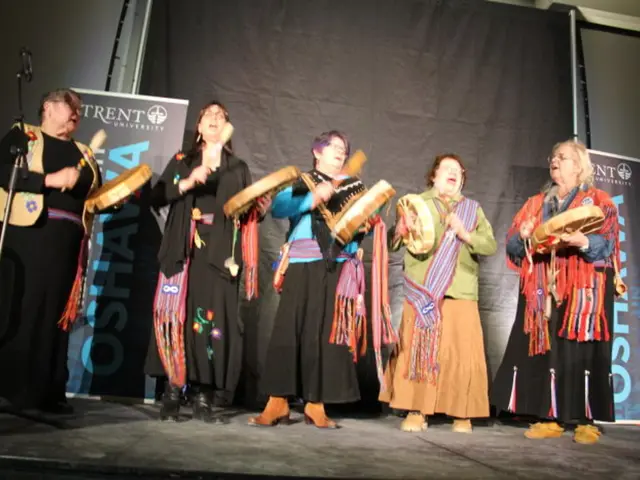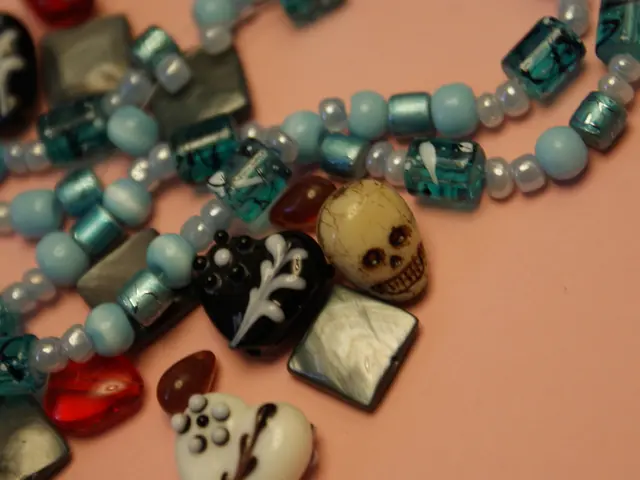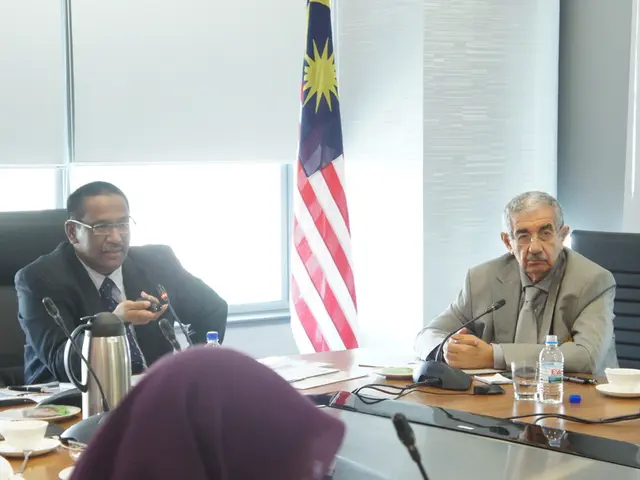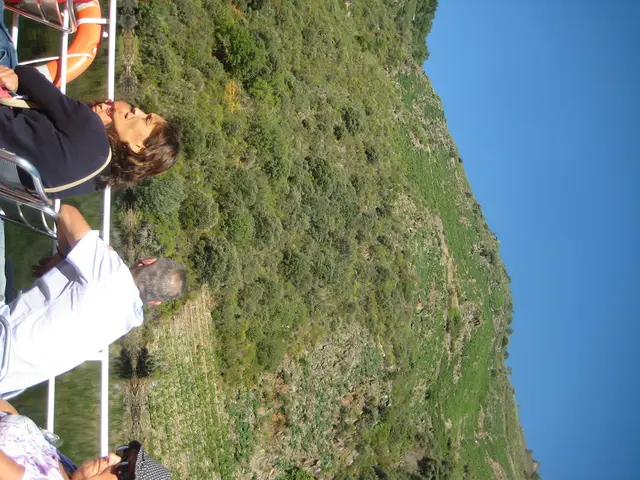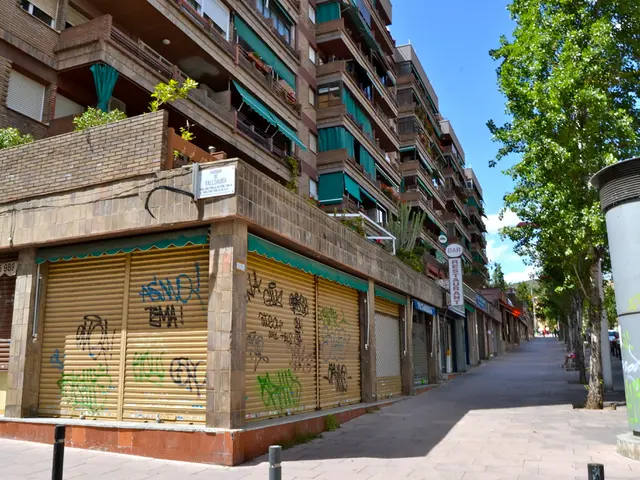UAE: Young Aviator Participates in Workshop for Preserving Family Artifacts
In a peaceful corner of Abu Dhabi, 15-year-old Fjord Enzo Bertrand-Helmgens carefully brushed an ancient Chinese coin with a cotton swab—a simple act that embodied a larger conservation endeavor. Several participants, including students, artists, museum professionals, and families, gathered at the Zayed National Museum's "Preserving Our Heritage Symposium" to learn preservation techniques for their treasured heirlooms.
Held at Saadiyat Rotana Resort from May 28-29, the event offered sessions on restoring items ranging from paper and photographs to textiles, metals, and ceramics. Guided by conservation experts from the UAE and abroad, participants tackled the science and techniques of preservation, learning to handle fragile items and understand environmental threats like humidity, heat, and light.
Fjord, who aspires to be both a pilot and an AI engineer, gained a new appreciation for coins such as those from Chinese dynasties and the UAE, Ukraine, and Czech Republic. "Though I'm not attracted to coins," he admitted, "the restoration process allows you to hold history in your hands." His mother, anthropologist Marina Bertrand-Helmgens, also participated in the workshop, noting Fjord's early adoption of Emirati culture.
Shaima Al Ameri, a master's student in art history and museum studies at Sorbonne University Abu Dhabi, attended the symposium as well. Last year, she took part in the program's pilot version and returned this year for the expanded edition. "These workshops don't just teach you—they connect you with individuals from diverse backgrounds who share a passion for conservation," she remarked. A notable session focused on the unexpected vulnerability of modern plastics, as Al Ameri explained, "Contrary to popular belief, even plastic can deteriorate."
Among the participants were a mother who brought her two daughters to learn to preserve a traditional wedding dress, and another who attended with her two-year-old, participating in coloring sessions to comprehend the process of matching original pigments.
The symposium, organized in partnership with UK-based West Dean College and Plowden & Smith, represented a departure from traditional conservation training, seeking to empower everyday people to protect their cherished artifacts. "This kind of hands-on conservation training is unprecedented in the UAE, tailored to the general public," explained Fatima Mansoor Al Tamimi, Head of the Conservation Unit at Zayed National Museum. "We aim to help the public, artists, collectors, and students understand how to preserve the things that matter to them."
Various tools, including polarizing microscopes, X-ray fluorescence scanners, and 3D printers, were used to study material composition. For example, Al Tamimi reveled in discovering that her necklace was 88% 22-karat gold with copper inclusions. "This explains why certain old manuscripts deteriorate more rapidly than others," she noted. The museum plans to further develop workshops in future symposiums, aiming to foster broader cultural preservation efforts.
Al Tamimi emphasized that conservators aim not to make old objects appear new but rather to reveal the effects of time and the story behind each piece, as "the beauty lies in its history." For Marina Bertrand-Helmgens, the experience was profoundly personal, echoing the sentiment that caring for tangible heritage is a means of carrying history forward.
- The conservation process allows individuals like Fjord to hold portions of history in their hands, such as ancient Chinese coins and coins from the UAE, Ukraine, and Czech Republic.
- The "Preserving Our Heritage Symposium" at the Zayed National Museum attracted various participants, including students, artists, museum professionals, families, and even pet owners with their two-year-olds.
- Shaima Al Ameri, a master's student in art history and museum studies, returned to the expanded edition of the symposium to connect with individuals from diverse backgrounds who shared a passion for conservation.
- Partnerships with institutions like West Dean College and Plowden & Smith enabled the symposium to offer unique training opportunities, empowering the general public to protect their cherished artifacts.
- The symposium introduced participants to various tools like polarizing microscopes, X-ray fluorescence scanners, and 3D printers, helping them understand material composition.
- Fjord, who aspires to be both a pilot and an AI engineer, gained new insights about the value of preserving historical artifacts, such as traditional wedding dresses and coins.
- The sessions covers a wide range of preservation techniques for items like paper, photographs, textiles, metals, and ceramics, ensuring these cultural treasures are passed down for future generations.
- The museum's Head of the Conservation Unit, Fatima Mansoor Al Tamimi, expressed the goal of fostering broader cultural preservation efforts through educational workshops and future symposiums.
- The symposium emphasized the importance of revealing the effects of time and the story behind each piece instead of rendering old objects to look new.
- Marina Bertrand-Helmgens, an anthropologist, found the symposium experience to be deeply personal, viewing the act of preserving tangible heritage as a means of carrying forward history.
